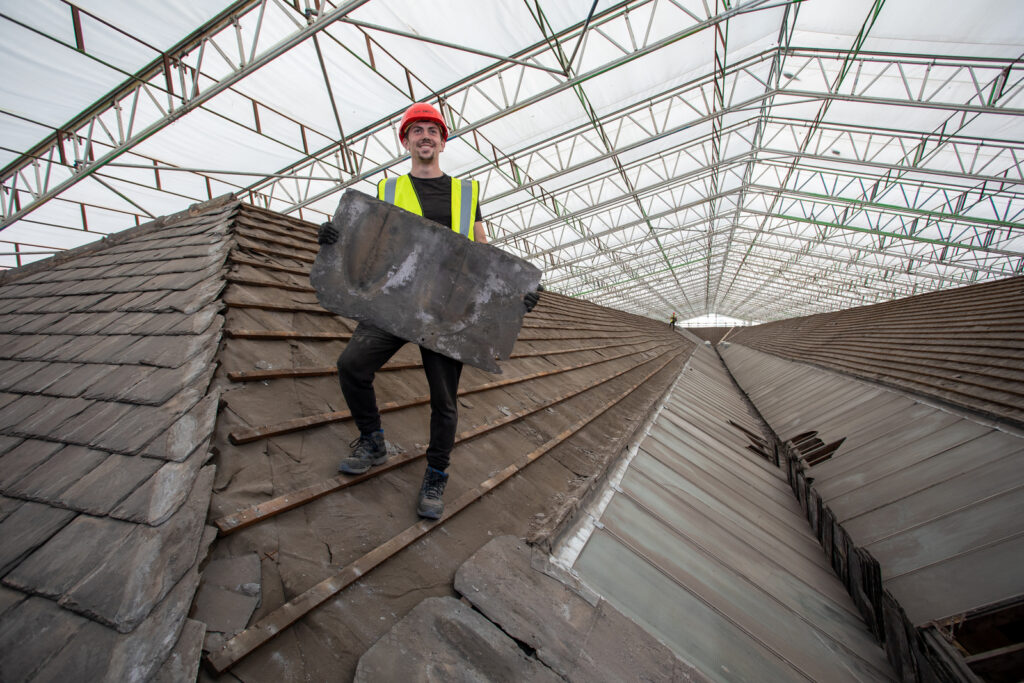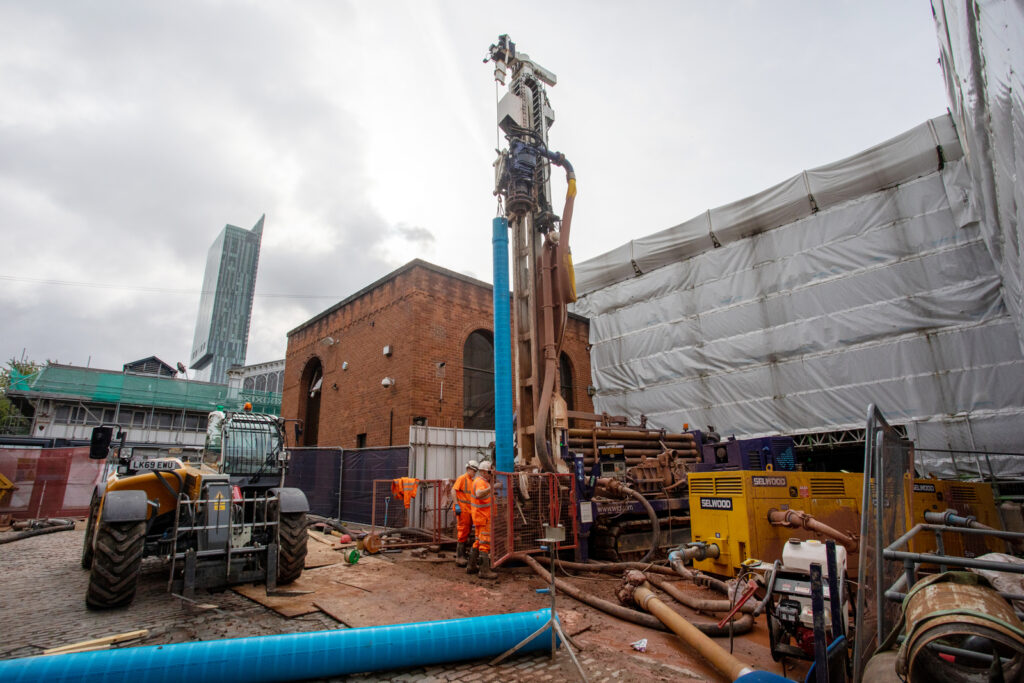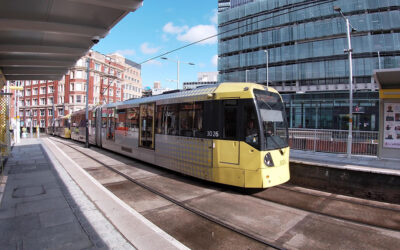
Picture © Jason Lock Photography / Science Museum Group
From steam power to green power: The Science and Industry Museum’s decarbonisation scheme set to save 515 tonnes of carbon each year
The Science and Industry Museum is delivering a sector-leading programme of decarbonisation across its globally significant site, harnessing green technology to heat its historic spaces, and placing zero carbon technologies at the heart of the visitor experience.
The museum, on Liverpool Road in Manchester was the original site of the world’s first passenger railway and will mark its 200th anniversary of the Liverpool to Manchester Line in 2030 and is home to a collection of items that explores how ideas can change the world, from the Industrial Revolution to today and beyond.
Work has now started to transform the museum’s sustainability, improving energy efficiency and lowering carbon emissions around the site to support the museum’s goal of becoming carbon neutral by 2033 – supporting Greater Manchester’s goal to be carbon neutral by 2038.
The £4.3m decarbonisation project is being made possible thanks to funding from the Government’s Public Sector Decarbonisation Scheme, delivered by Salix Finance.
Historic upgrades
In the 1800s, a well was constructed in the lower ground floor of the world’s first railway warehouse (which is now the museum’s Grade I listed 1830 Warehouse), to harness the power of the ground water.
The museum is once again accessing this natural resource to be utilised with the installation of a new water source heat pump network including boreholes.
Using the natural resource of the ground aquifer, an extraction borehole is being drilled 85 meters into the ground – a depth almost equivalent to the height of Manchester Town Hall’s clock.
A reinjection borehole is also being drilled in the Lower Yard of the museum to a depth of 135 meters, the height of 30 double decker buses stacked on top of each other. The water will then be extracted and directed to the 1830 Warehouse and Power Hall, down a network of pipes, where the ground source heat pump will use the water to heat the buildings.
Working with partners including the Environment Agency and United Utilities, the programme aims to use the latest technologies to save carbon.
Visitors to the museum may also notice the borehole drilling rig, which is 12 meters tall and weighs a heavy 32 tonnes.
Other environmental measures include the painstaking exercise of temporarily removing the listed cobbles to allow for pipes and cables to be fitted in new trenches underground. All the work on this historic site is being delivered with care and attention, working with specialists to ensure that the heritage of the buildings and the public spaces are preserved.
Other environmental measures include a new electric boiler and upgrades to the Power Hall roof and windows, including fitting a sustainable form of insulation to the Power Hall roof, which is the size of a premiership football pitch.
All the work the museum is delivering aims to save 515 tonnes of carbon per year, site wide.

Borehole drilling carried out on the site. Picture © Jason Lock Photography / Science Museum Group
Director of the Science and Industry Museum, Sally MacDonald, says: “This is a visionary project where the original and modern meet. We want to create a sustainable museum for the future and inspire our visitors – the future generations of engineers and innovators – with the story of the next industrial revolution, powered by green energy.
“The museum includes the world’s oldest surviving passenger railway station and the world’s first railway goods warehouse in the heart of the world’s first industrial city, alive with science and innovation today.”
Programme Manager at Salix, Edward Clark, says: “We are extremely excited about the project works taking place in the Science and Industry Museum, including the series of building upgrades taking place in the Grade II listed Power Hall. The installation of a new substation is a key milestone within this project, which results in increased carbon savings. The new green technology will be on display in the Power Hall for visitors to see alongside the Historic Working Machinery.”
In addition, funding will place carbon literacy and zero carbon technology at the heart of the museum’s story and visitor experience, transforming the Power Hall into a landmark symbol of the past, present, and future of industry.
Over the next few years, the museum is undergoing a multi-million-pound restoration programme to carry out crucial conservation work to ensure that the museum will offer a world-class experience for everyone who lives in and visits Manchester. The decarbonisation programme is the latest milestone in the museum’s redevelopment.
Alongside the decarbonising programme the Grade II listed Power Hall has been funded by a £6million grant from the Department of Digital, Culture, Media and Sport (DCMS) as well as funding from the Science Museum Group to carry out urgent and major repairs to the roof and a redisplay of the gallery to show how Manchester changed the world through industrial innovation.
The Power Hall is due to reopen in 2023 and will be a multi-sensory experience, full of the sounds of these huge machines, the whistle and smell of steam and the incredible personal stories that are behind them. It will show how Manchester provided the power that changed the city and the world — from the way we worked and travelled to the consumer society we live in.



